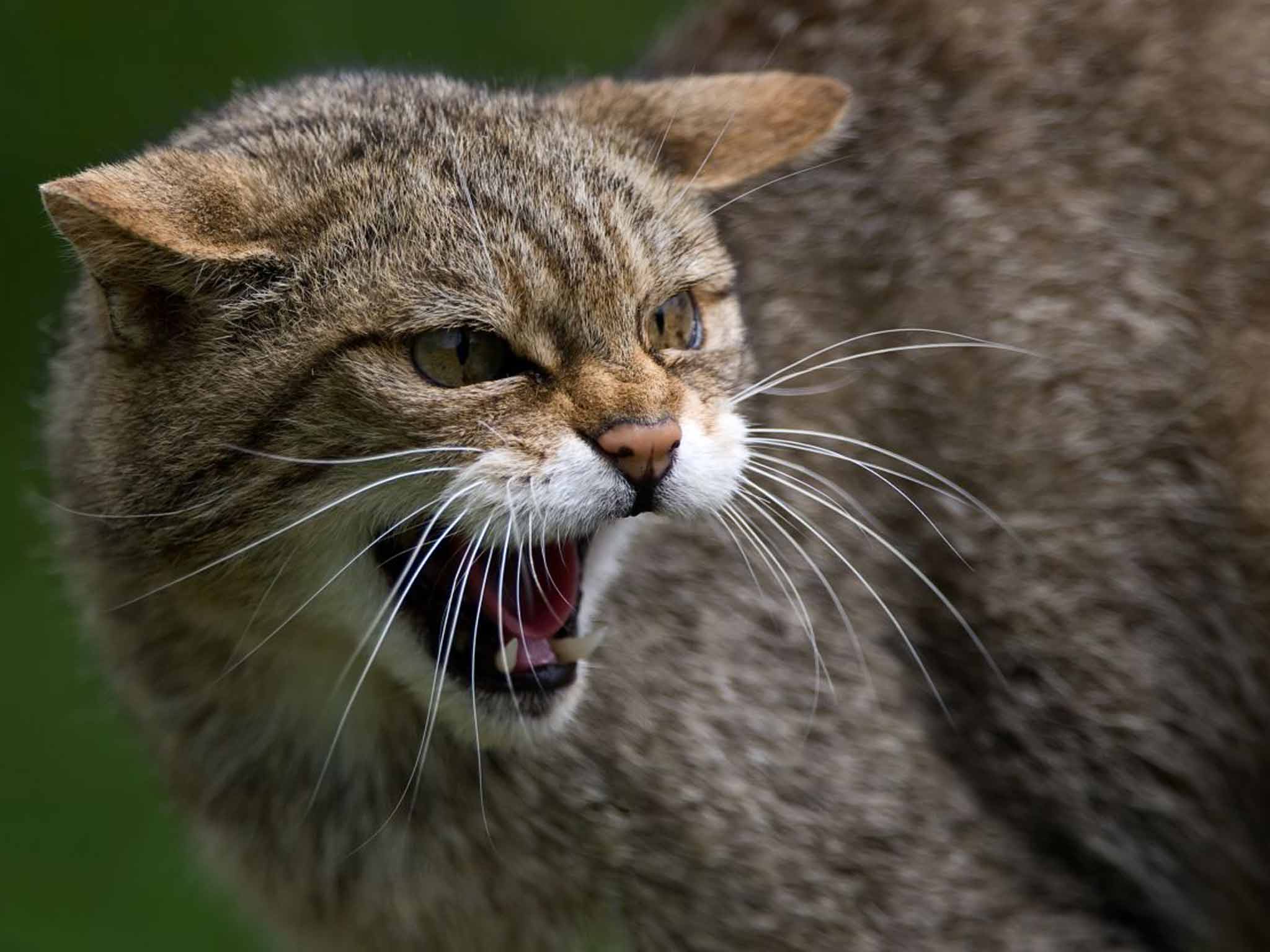On the trail of wildcats in the west of Scotland
Wildlife weekend

In the darkness, you drive remote roads deep in the Scottish Highlands. Your companion swings a spotlight along scree slopes and hillsides. All is quiet. Then ... there, in mid-carriageway, a cat. A stocky feline with flared jowls directs a disdainful look your way, then saunters on striped haunches into the night beyond. The thick furred, banded and black-tipped tail provides your parting glimpse of a near-mythical and increasingly rare beast. Wildcat!
An isolated protrusion on Scotland's west coast, Ardnamurchan Peninsula is the best area to see the Scottish wildcat. Indeed, Ardnamurchan arguably offers Britain's finest mammal-watching. Your target list comprises pine martens, otters, harbour porpoises, seals, and deer. Some mammals (deer, seals) give themselves up easily but others (otters, pine martens and, of course, wildcats) take time, sharp eyes and luck.
At the eastern base of Ardnamurchan, the A861 sinews beside Loch Sunart. You should find harbour and grey seals. The strand also holds the invasive American mink (unfortunately), water shrews (reportedly, east of Salen) and otters. In Salen, decant on to the B8007 to continue west. Checking Loch Sunart should reveal harbour porpoises plus further seals. The road traverses Glenborrodale, another pine marten site.
Heading three kilometres west, call at Glenmore's natural history centre, Nàdurra. Scan slopes northwards for red deer, and to the south for red and roe deer on the islet of Eilean Mòr. Pine martens occur nearby and brown long-eared bats inhabit the centre itself.
Even better, Port na Croisg, the bay 300 metres west, is a well-known haunt of otters and seals. Continue two kilometres west and stop at Cladh Chiarain car park. Look down into Camas nan Geall bay for possible harbour porpoises, eider and red-throated divers. And look up for golden and white-tailed eagles.
The prospects for wildcats are best in the first hours of night, as famished felines hunt voles, but you still need great fortune. In addition to the car's beam, train a spotlight perpendicular to the car. Your search image is the "twin headlights" that denote a predator's eyes. To be sure the cat is genetically pure, clock the clublike, ringed tail and striped legs, and confirm the absence of tell-tale hybrid characteristics of white patches or spots. Result!
This is an edited extract from 52 Wildlife Weekends, by James Lowen, published by Bradt. IoS readers can buy a copy for just £7.79 (inc UK p&p) by visiting bradtguides.com and using the discount code 52WW. Offer valid until 31 January 2015
Subscribe to Independent Premium to bookmark this article
Want to bookmark your favourite articles and stories to read or reference later? Start your Independent Premium subscription today.

Join our commenting forum
Join thought-provoking conversations, follow other Independent readers and see their replies